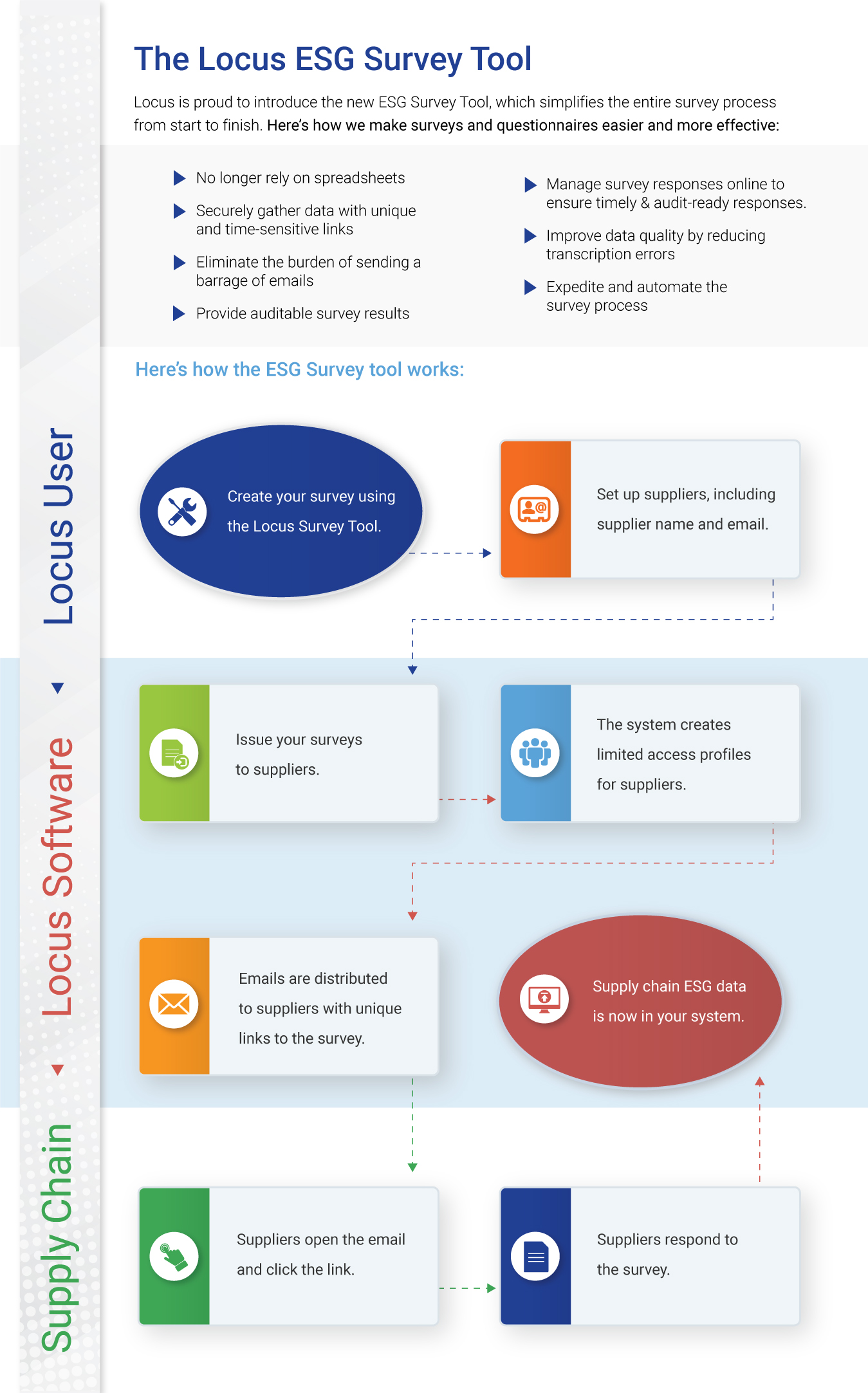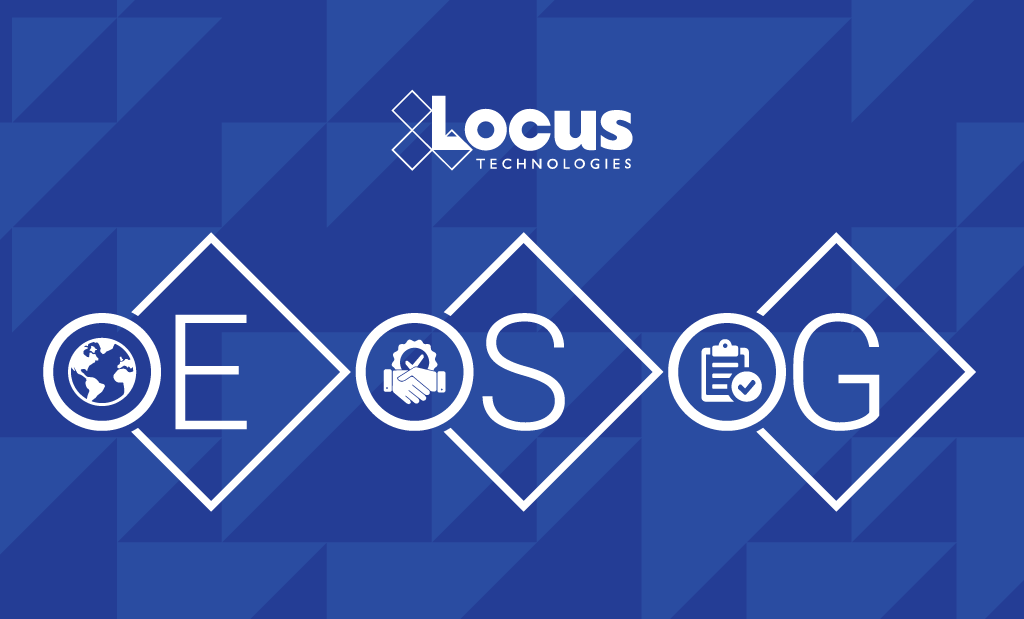Locus at 25 Years: A Unified Approach to EHS and ESG
Locus’s strategic focus has always been to deliver intelligent, well-designed software applications that add value to customers’ bottom lines. The success of these applications is rooted in the deep environmental domain and content experience of the Locus team, its proven data management capabilities, and its view that customers who own their data maintain a competitive advantage over those that don’t.
Locus’s perseverance developed the world’s first commercial online environmental information management, collaboration, and compliance system. Locus’ EIM revolutionized how environmental data is stored, accessed, managed, and reported— ultimately saving customers time and money and giving them the power to be “green on demand.” Locus Platform gave customers tools to consume EIM data in various applications built on top of it, communicating with each other. Locus delivered the industry’s first unified EHS compliance and ESG reporting system.
Locus SaaS has evolved to encompass more and more aspects of strategic business planning. While a critical incentive to using Locus Platform and EIM systems is regulatory compliance, Locus has taken a more comprehensive view of the mandate to improve environmental stewardship by creating plans to improve environmental performance across clients’ organizational silos; sites, and regulatory programs; emission sources to air, soil, or water; energy management; all aspects of Environmental Health and Safety (EH&S) issues, sustainability and ESG reporting, and technology platforms and mobile devices.
While most environmental software firms have focused on tracking one area of concern, such as greenhouse gases or incident management, Locus built the most comprehensive software platform for managing compliance and organizing environmental and resource data and information. Using Locus’ SaaS, customers can collect, organize, search, report, maintain, and preserve all the required documentation and data for environmental compliance and sustainability management. Locus integrates risk management, compliance, sustainability management, and water quality management under a single umbrella. Locus software integrates with other enterprise resource planning software—part of the big picture for governance, risk and compliance (GRC), risk management, compliance, and health and safety software.
Our holistic view of GRC enables transparency and connectivity across an organization – sparking the insights that most organizations need to make better decisions.
Our SaaS platform supports leading organizations by:
- Providing visibility into GRC and ESG across their organizations
- Automating workflows to increase efficiency and scalability
- Keeping customer’s businesses compliant with regulatory standards
- Delivering real-time insights and reports through robust storyboards for data-driven strategic decision making
The resulting Locus applications, primarily EIM and Locus Platform, help companies better record, track, manage, analyze, and share information regarding water, air, energy, waste, sustainability, ESG, and EHS compliance management.
This is the sixth post highlighting the evolution of Locus Technologies over the past 25 years. The previous post can be found here. This series continues with Locus at 25 Years: Innovative Approach and Plans.

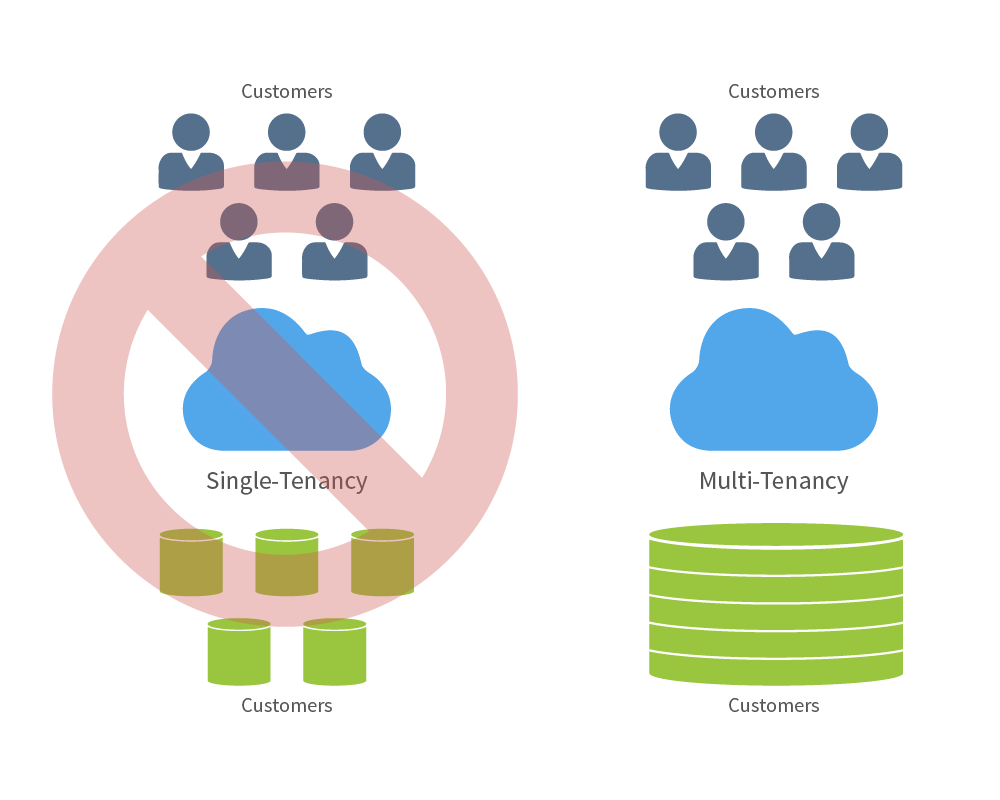
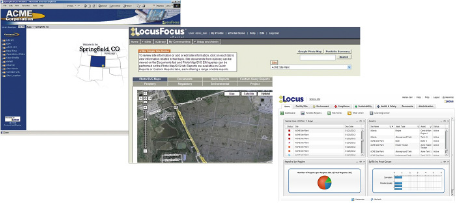
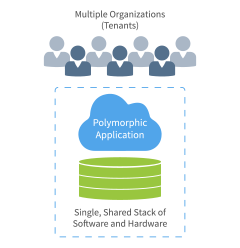
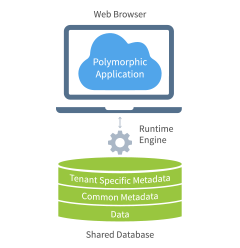
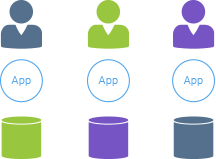
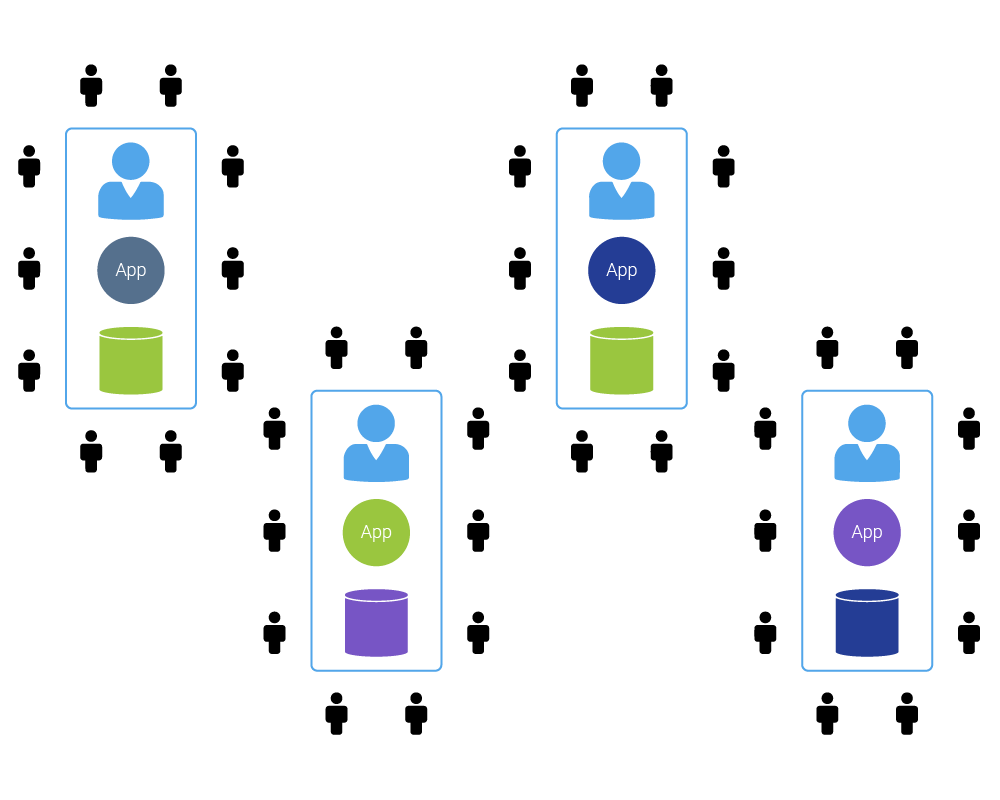
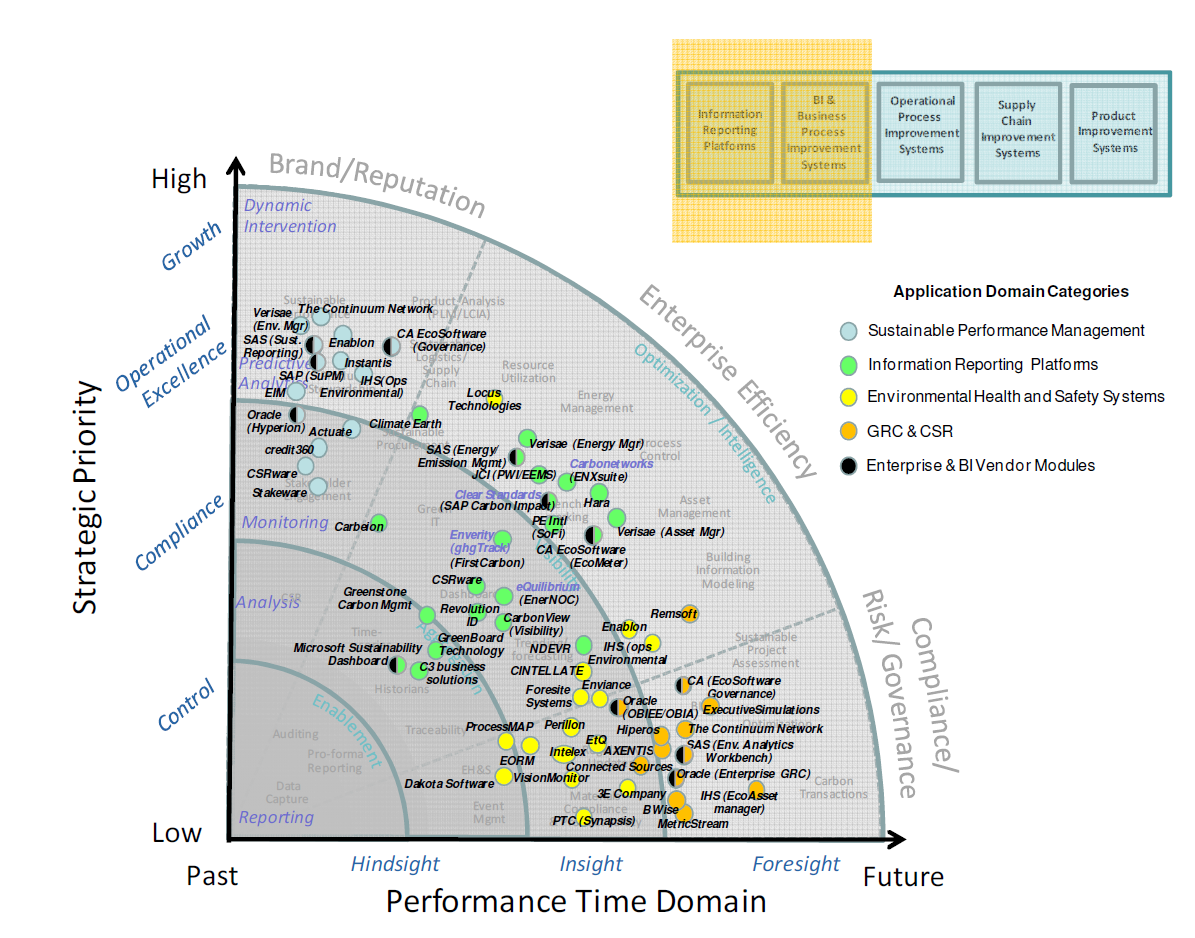
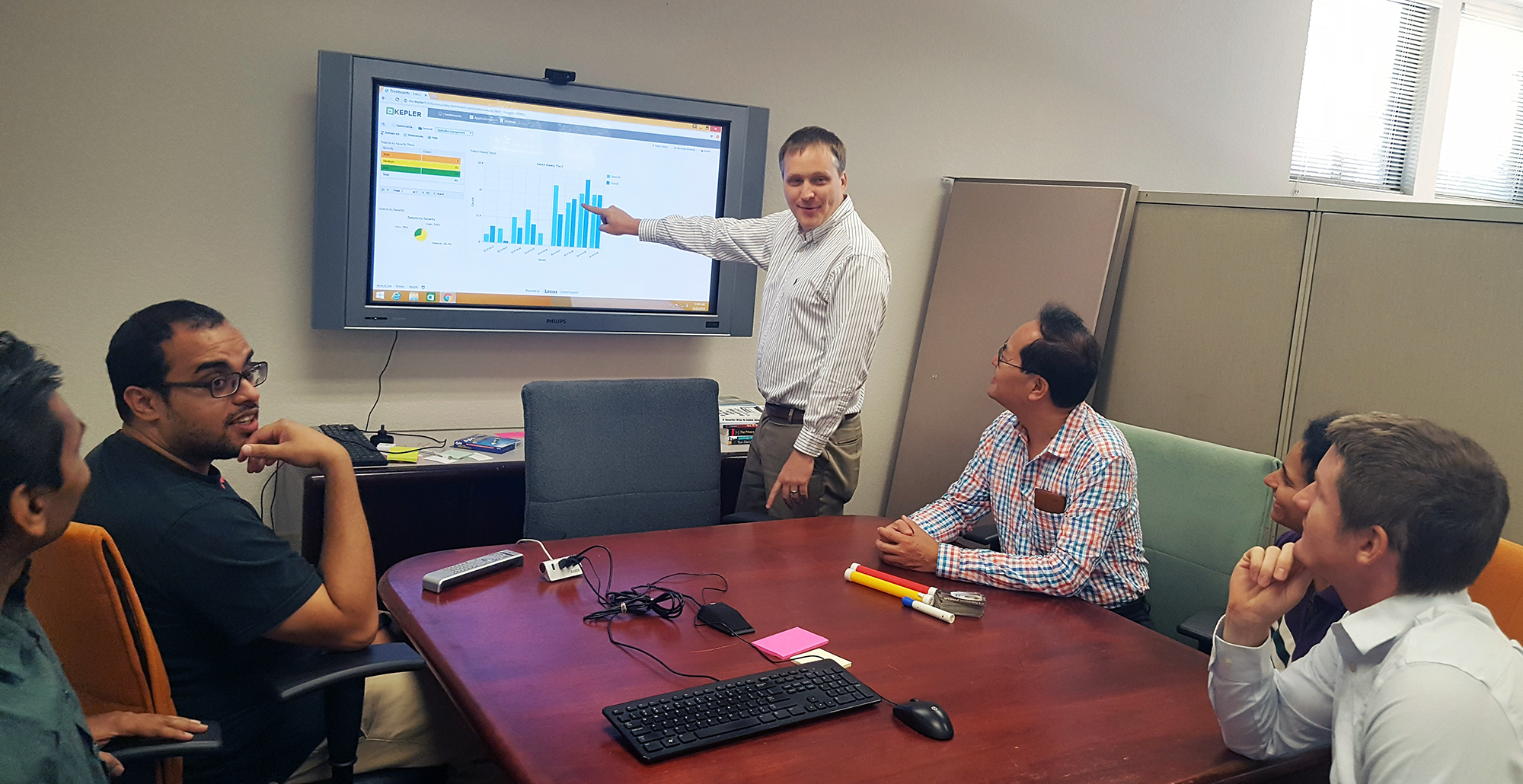 Mr. Hawthorne has been with Locus since 1999, working on development and implementation of services and solutions in the areas of environmental compliance, remediation, and sustainability. As President, he currently leads the overall product development and operations of the company. As a seasoned environmental and engineering executive, Hawthorne incorporates innovative analytical tools and methods to develop strategies for customers for portfolio analysis, project implementation, and management. His comprehensive knowledge of technical and environmental compliance best practices and laws enable him to create customized, cost-effective and customer-focused solutions for the specialized needs of each customer.
Mr. Hawthorne has been with Locus since 1999, working on development and implementation of services and solutions in the areas of environmental compliance, remediation, and sustainability. As President, he currently leads the overall product development and operations of the company. As a seasoned environmental and engineering executive, Hawthorne incorporates innovative analytical tools and methods to develop strategies for customers for portfolio analysis, project implementation, and management. His comprehensive knowledge of technical and environmental compliance best practices and laws enable him to create customized, cost-effective and customer-focused solutions for the specialized needs of each customer.